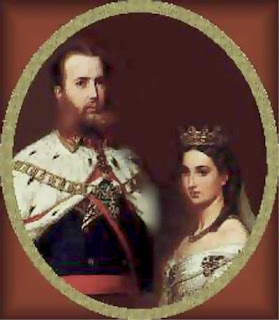Facts and Figures behind the diamond industry.
The diamond industry is one of the most lucrative industries in existence. It has had a somewhat coloured past with the emergence of ‘blood diamonds’. In order to combat this the industry is heavily monitored and regulated. The diamond ring you bought from a company like https://www.comparethediamond.com/ has been through a lot and a long history to get to you.
Diamonds were first sourced in India with diamonds being sold in Venice and large European trading cities in the 15th Century. By the 18th Century the reserves in India had dramatically declined and Brazil fast became the diamond production area of the world. In the latter part of the 18th Century a large reserve was discovered in South Africa and production moved across to here. Nowadays mining for diamonds takes place in Russia, South Africa, Australia and numerous other regions across the world.
Diamond mining has become sophisticated through the years. The first diamonds were originally found at the bottom of riverbeds that ran along the kimberlite pipes and were extracted by alluvial mining – this type of mining is now deemed as slightly controversial. Diamonds are now mined in open-pit and underground set ups where up to 250 tonnes of earth can be removed for each one carat of diamond that is found.
The largest diamond ever mined is known as the Cullinan Diamond. When initially excavated it weighed 3106 carats which is equivalent to about 603 grams or 1.33 lbs. It was mined in 1905 the Premier Mine in South Africa. It was gifted to King Edward upon its discovery and was eventually cut into nine large diamonds and then one hundred small ones. Three of the larger diamonds can be found in the Tower of London as a part of the Crown Jewels.
Archduke Maxmillian of Austria has been credited as being the man who give the first ever diamond engagement ring. He gave the ring to Mary of Burgundy in 1477. The ring was a gold band with the letter ‘M’ spelt out in diamonds.
Diamonds are measured in carats which are equal to around 0.2 grams. Carats originates from the word keration which is the Greek name for the carob tree. The carob tree seed was originally used as a way to measure they weight of precious stones. The only negative for this measurement was that the seeds are not a universal weight and so it was virtually impossible to get consistent measurements hence the birth of an industry standard measure – carats.


